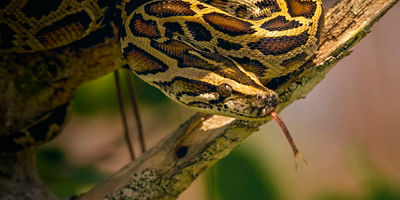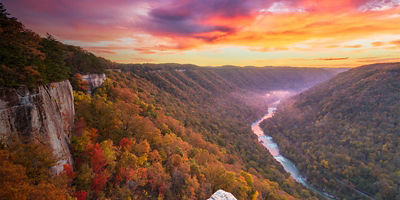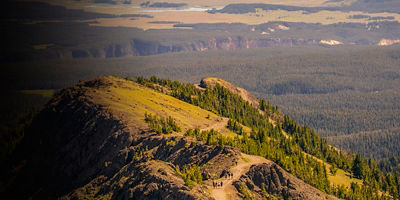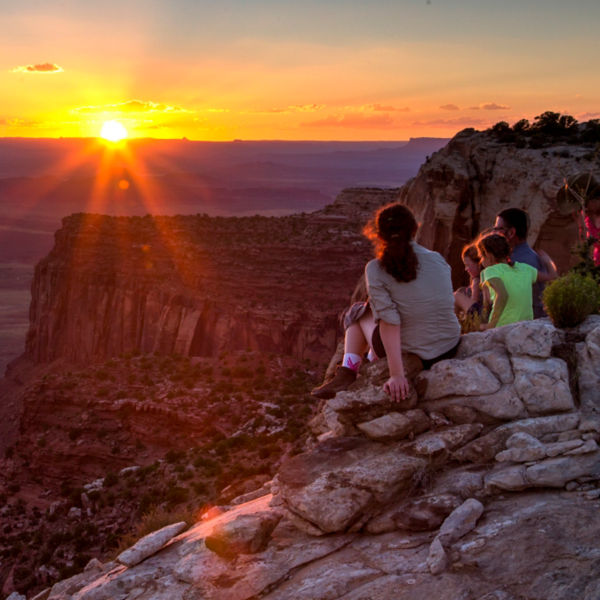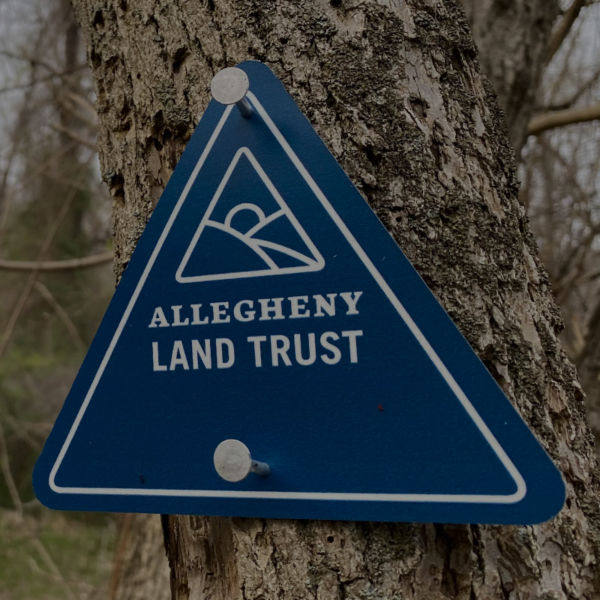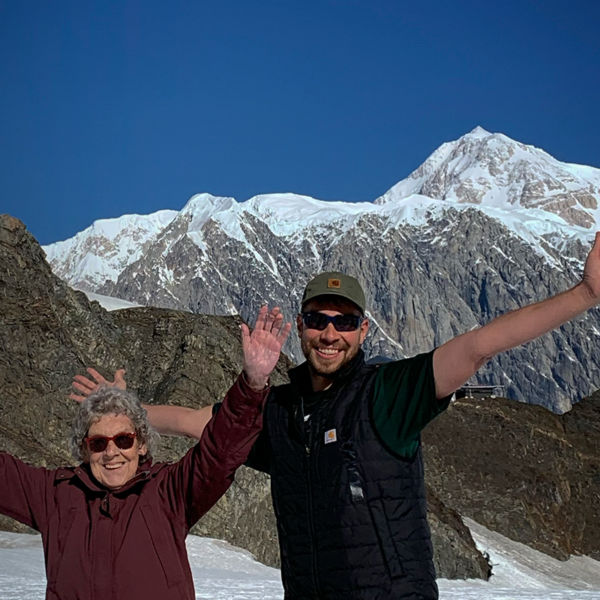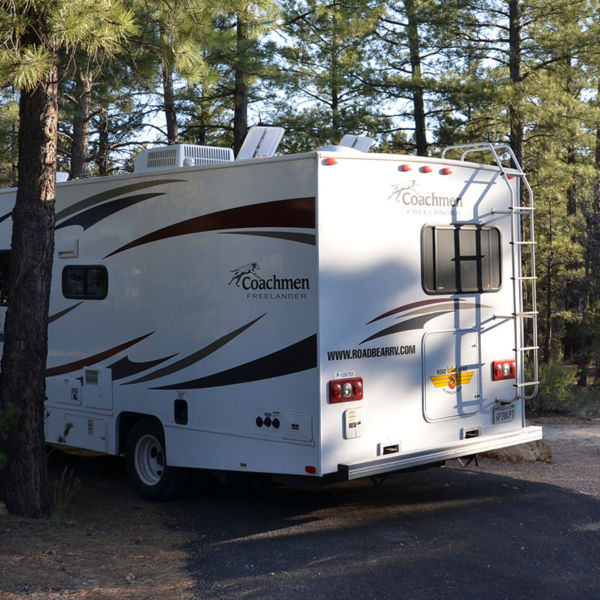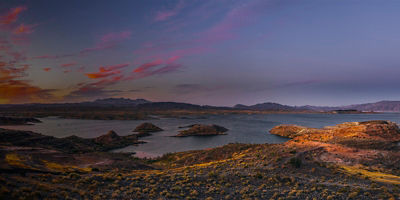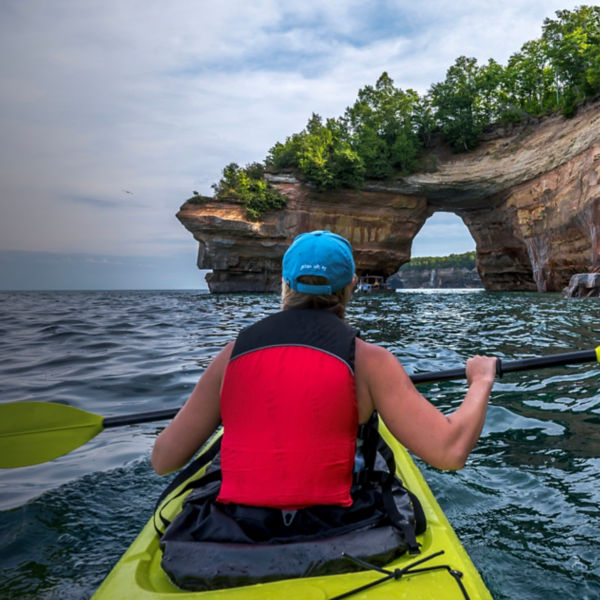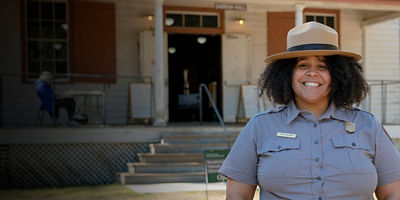
In 1924 a young Forest Service employee named Aldo Leopold heard of plans to build roads through the Gila National Forest, a vast swath of canyons, rivers, mesas, and rugged mountains in southern New Mexico. To Leopold, and other preservationists at the time, there was a growing concern that the country’s wild places were changing for the worse. They noticed that the number of trees and plants and animals was becoming fewer. Leopold was outspoken about his opposition to the idea of development in landscapes like the Gila, knowing it would completely alter the nature of the place.
"A thing is right when it tends to preserve the integrity, stability, and beauty of the biotic community,” Leopold said. “It is wrong when it tends otherwise.” With the support of the community, Leopold was able to convince the Forest Service to protect over 750,000 acres of the Gila as wilderness––it would be the country’s first ever designated wilderness area. No roads would cut through this unique slice of land home to elk herds, wolf packs, hot springs, and the craggy peaks of the Mogollon Range. Over the years the size of the Gila Wilderness would be whittled down to around 550,000 acres, but the land is much the same now as it was 100 years ago.
The Gila laid the foundation for the wilderness movement, which culminated in 1964 when Congress passed the Wilderness Act. It was a massive victory for conservationists, protecting the country’s wildest places from future development of any kind. The act preserves land “for the use and enjoyment of the American people in such manner as will leave them unimpaired for future use and enjoyment as wilderness.”
When signing the Wilderness Act President Lyndon B. Johnson said, “If future generations are to remember us with gratitude rather than contempt, we must leave them a glimpse of the world as it was in the beginning, not just after we got through with it.”
Today there are more than 800 wilderness areas covering about 5% of the country. They exist in all but six states, protecting an array of landscapes, from Idaho’s Frank Church-River of No Return Wilderness to the 1,100 lakes of Minnesota’s Boundary Waters Canoe Area Wilderness to the otherworldly hoodoos at New Mexico’s Bisti/De-Na-Zin Wilderness. Big and small, they offer a chance to experience raw nature, and appreciate the foresight of Aldo Leopold and all those who worked to pass the Wilderness Act.
Below you’ll find a guide to America’s federal Wilderness Areas. Elsewhere on this site you can learn more about how to explore our public lands, what gear to bring, and the skills you need for recreating safely. At Public Lands we know that visiting natural spaces can be life changing. Our mission is to help educate more people about our country’s 840 million acres of public land and help them to explore it and protect it.
HISTORY OF THE WILDERNESS ACT
In 1955, tired of piecemeal preservation efforts, the former executive director of the Wilderness Society, Howard Zahniser, started work on a sweeping piece of preservation legislation.
“Let us be done with a wilderness preservation program made up of a sequence of overlapping emergencies, threats, and defense campaigns,” Zahniser said. He spent the next eight years crafting some 66 drafts of the act as it went through 18 hearings.
Zahniser died a few months before President Johnson signed the Wilderness Act but his work created lasting change. When the act was signed, 54 areas (9.1 million acres) in 13 states were designated as wilderness, and since then more than 100 million more acres were given the same designation.

























